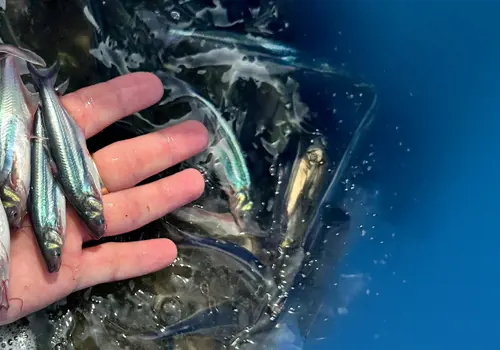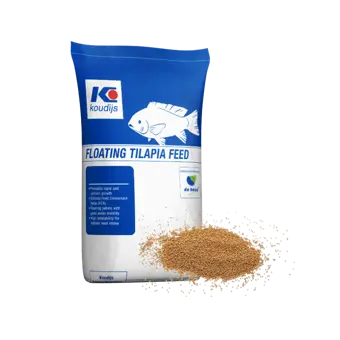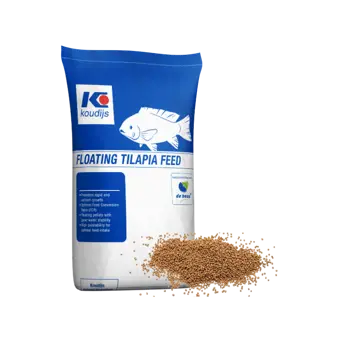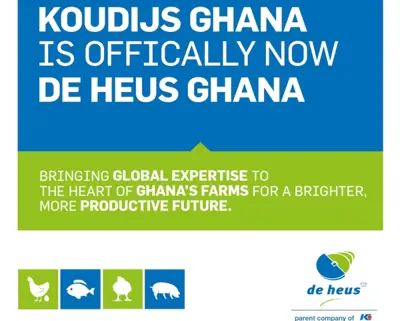
Starter
A strong start is essential
Good handling and stocking practices
Start with a well sorted group/ population
How often do I need to feed my fish in this stage?
Frequently asked questions
Key questions in the starter stage
Optimal starter feeds should have high crude protein and fat content tailored to the species' needs. Use the right particle size (crumble or micro pellet) and type (floating or sinking) specific to the species. Palatability is crucial for encouraging intake. Select feeds designed for the starter stage that deliver rapid, healthy growth and minimize waste.
Check out our starter feedsBefore introducing fish into a grow-out pond or cage, keep them in nursery ponds or cages or use hapas. This way your fish are at the right density for optimal feeding. Use clean nets and check water quality, like temperature and oxygen. Recirculation systems need to be clean and the filter's bacterial population should be mature. Give the fish time to adjust to water temperature differences. Quality monitoring during transfer ensures fish are healthy and stress is minimized.
Talk to our aqua expertsCount and check fingerlings before purchase by weighing or counting a fixed volume, like one cup, and averaging. Weigh batches to verify quantities and record details during counting. Alternatively, count fingerlings when releasing them into ponds or cages. Tracking fingerling quality during the culture period ensures better outcomes. Always be present during counting to ensure accuracy.
Watch our videoRecord keeping is essential to know how your fish are doing and where to focus. At De Heus we have designed a record keeping guide which helps you to calculate feed conversion rate (FCR), monitor growth and plan harvesting and feed purchase. When comparing your key data to benchmark you also know when there is an issue or where you can improve. Integrating quality monitoring of feeding, growth, and water quality into your records provides a complete picture for better decision-making.
More about the importance of record keepingAs long as the water is clean, fish can stay healthy and grow well. Water quality parameters like oxygen levels, ammonia levels, and water temperature directly impact fish health and therefore feeding and overall performance. These parameters can change with environmental factors and feeding practices. Therefore, it is essential to regularly monitor water quality to maintain optimal conditions for your fish.
Check recommended parameters and frequency of measurementTalk to our Aquaculture Experts
Need support to optimize fish growth and quality? Our specialists are here to help you tackle challenges and achieve top performance at every life stage.

Francis Antwi
Farm advisor



